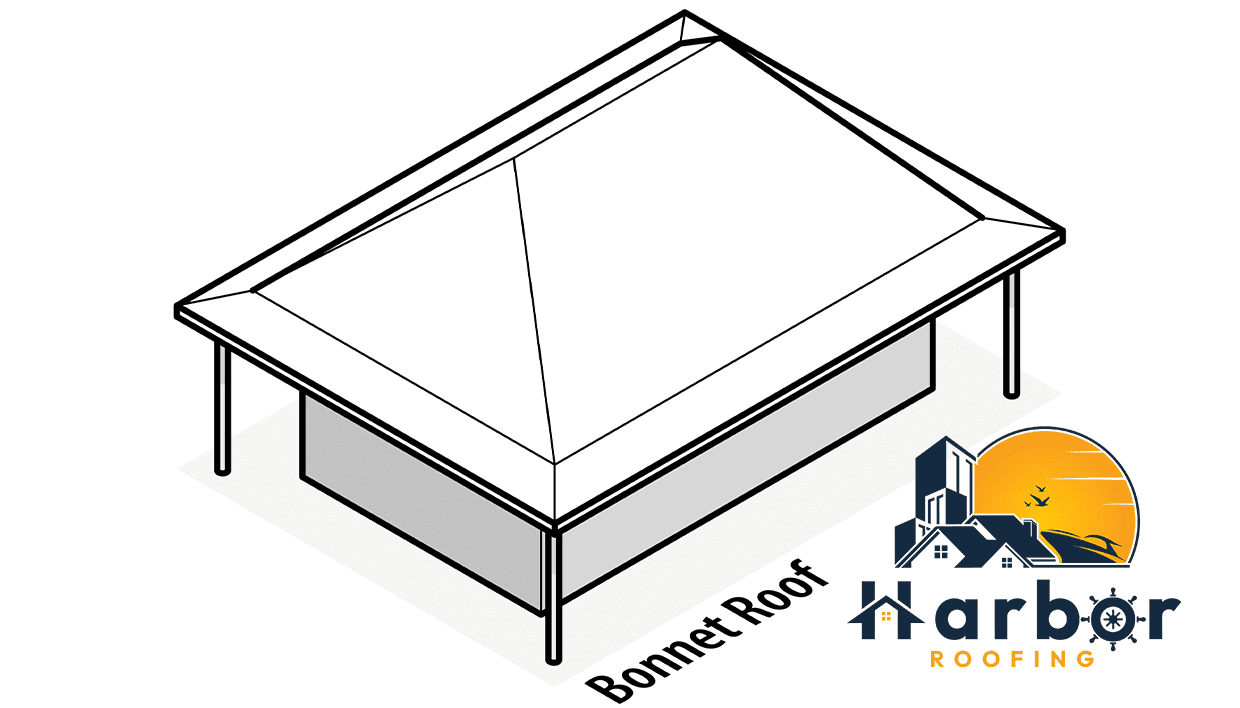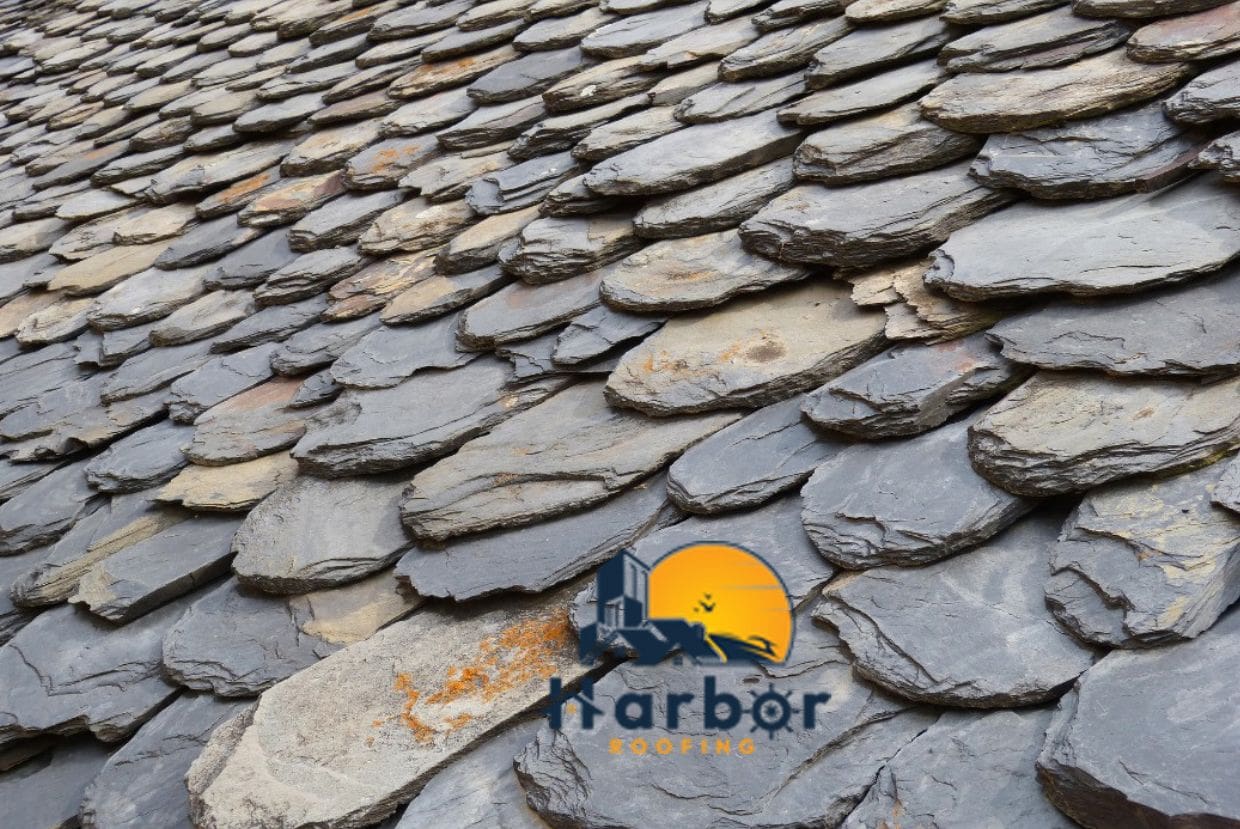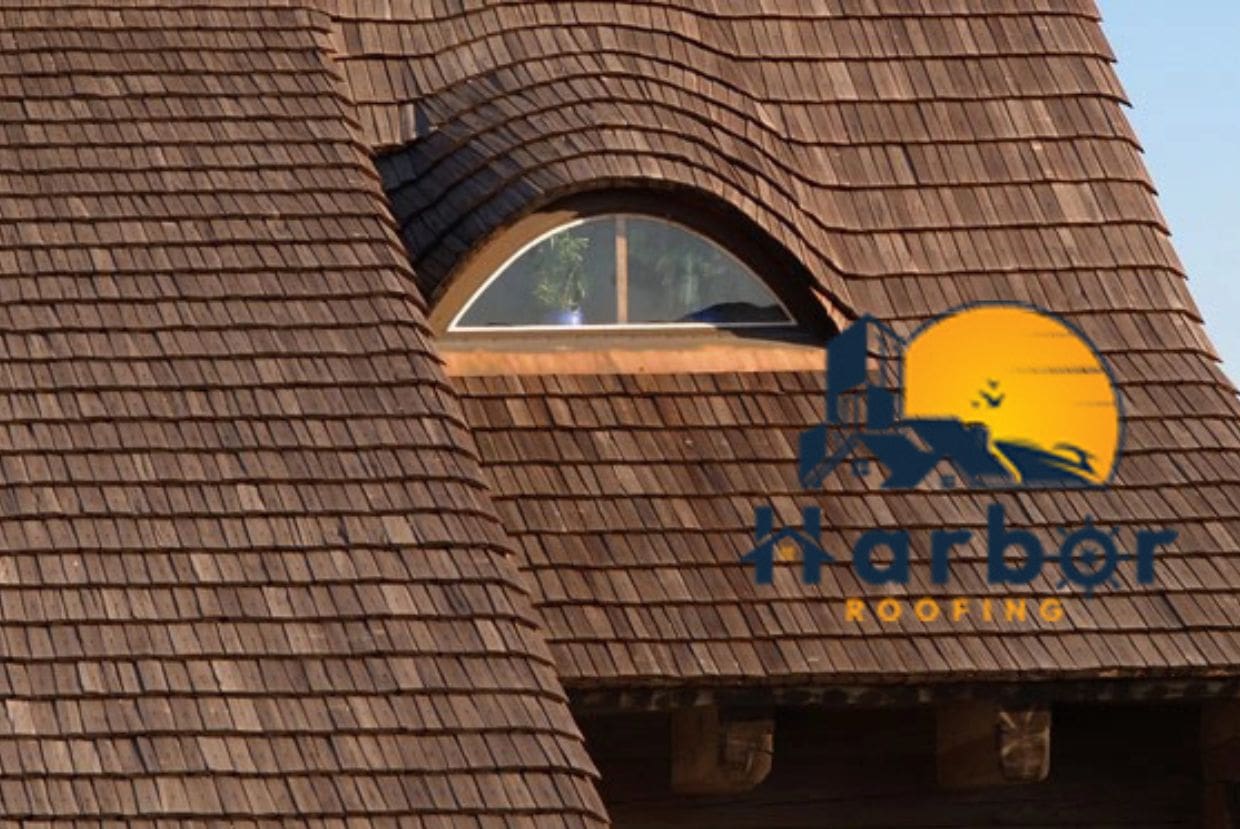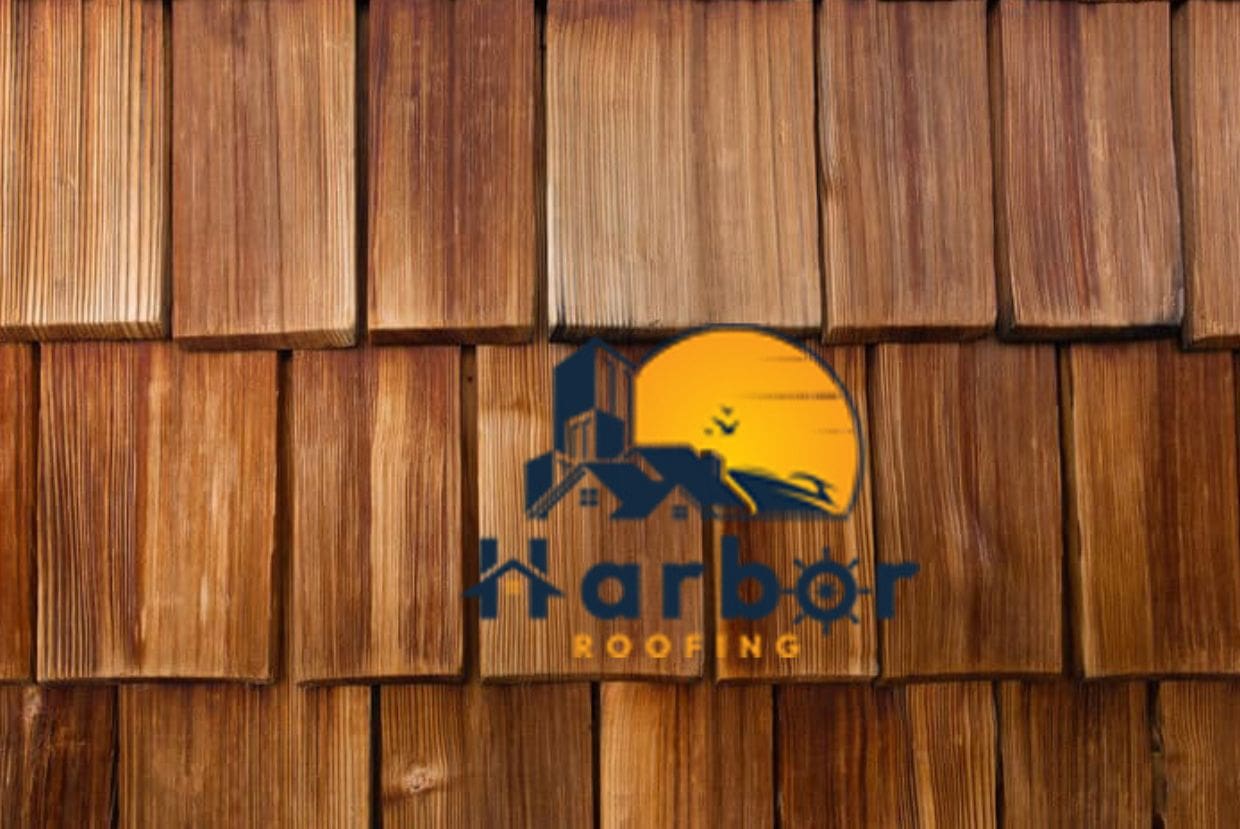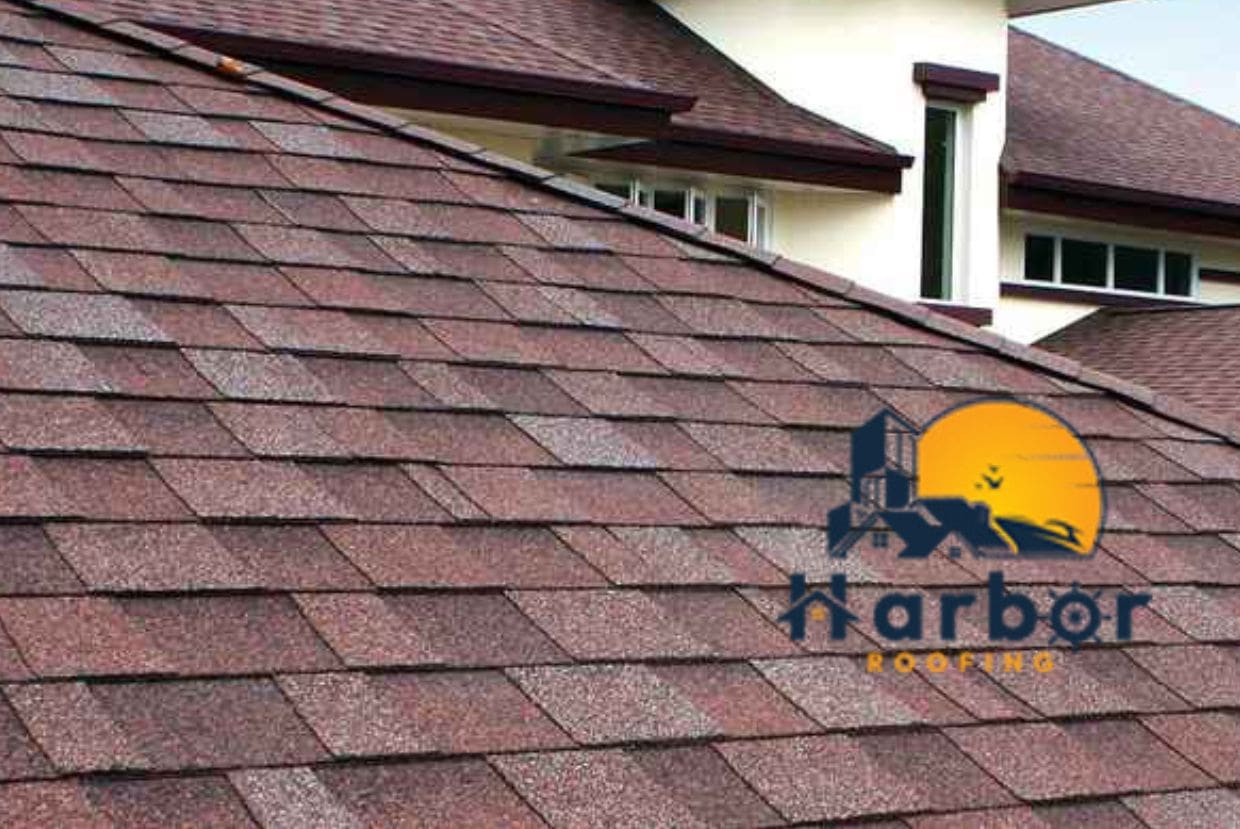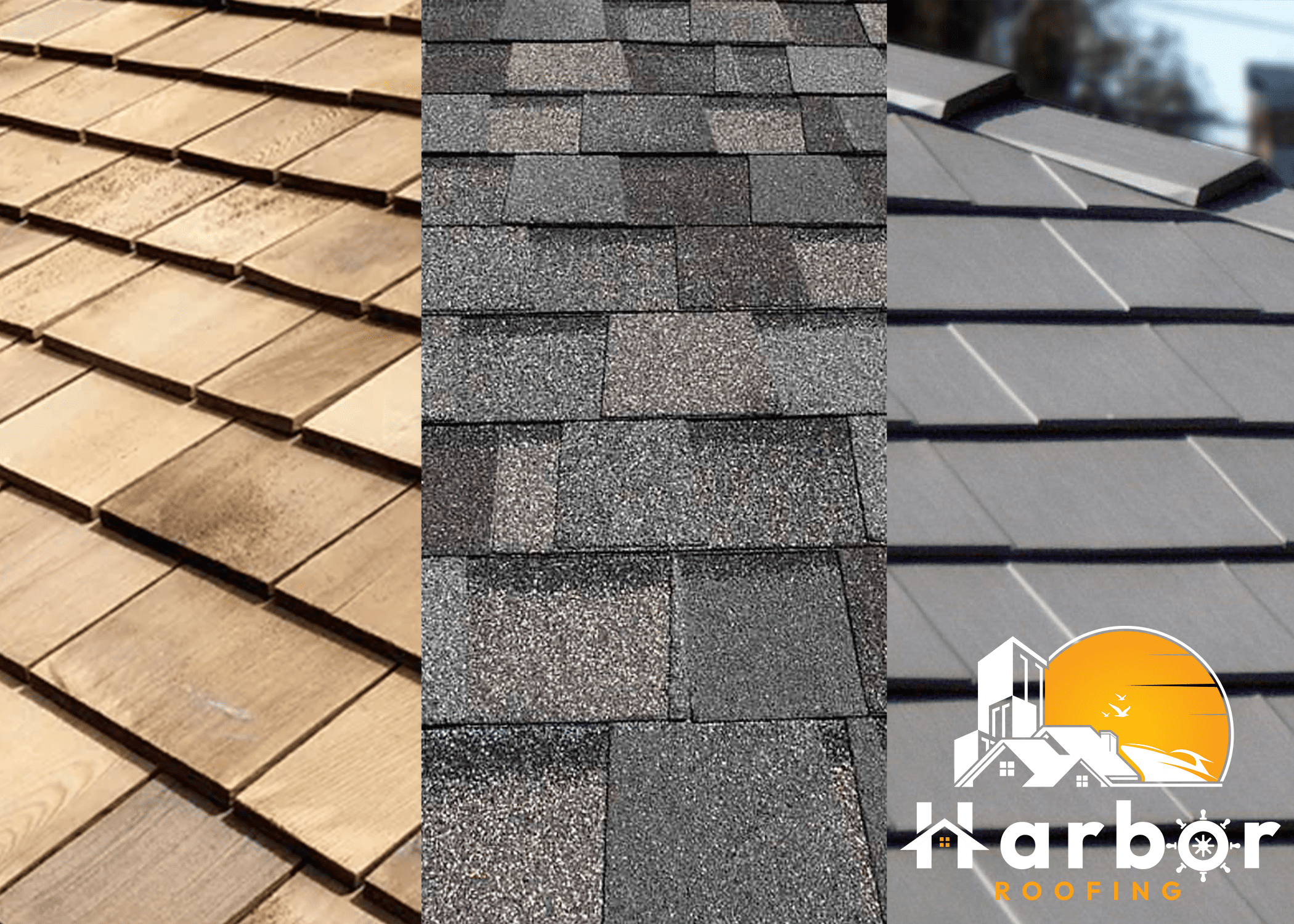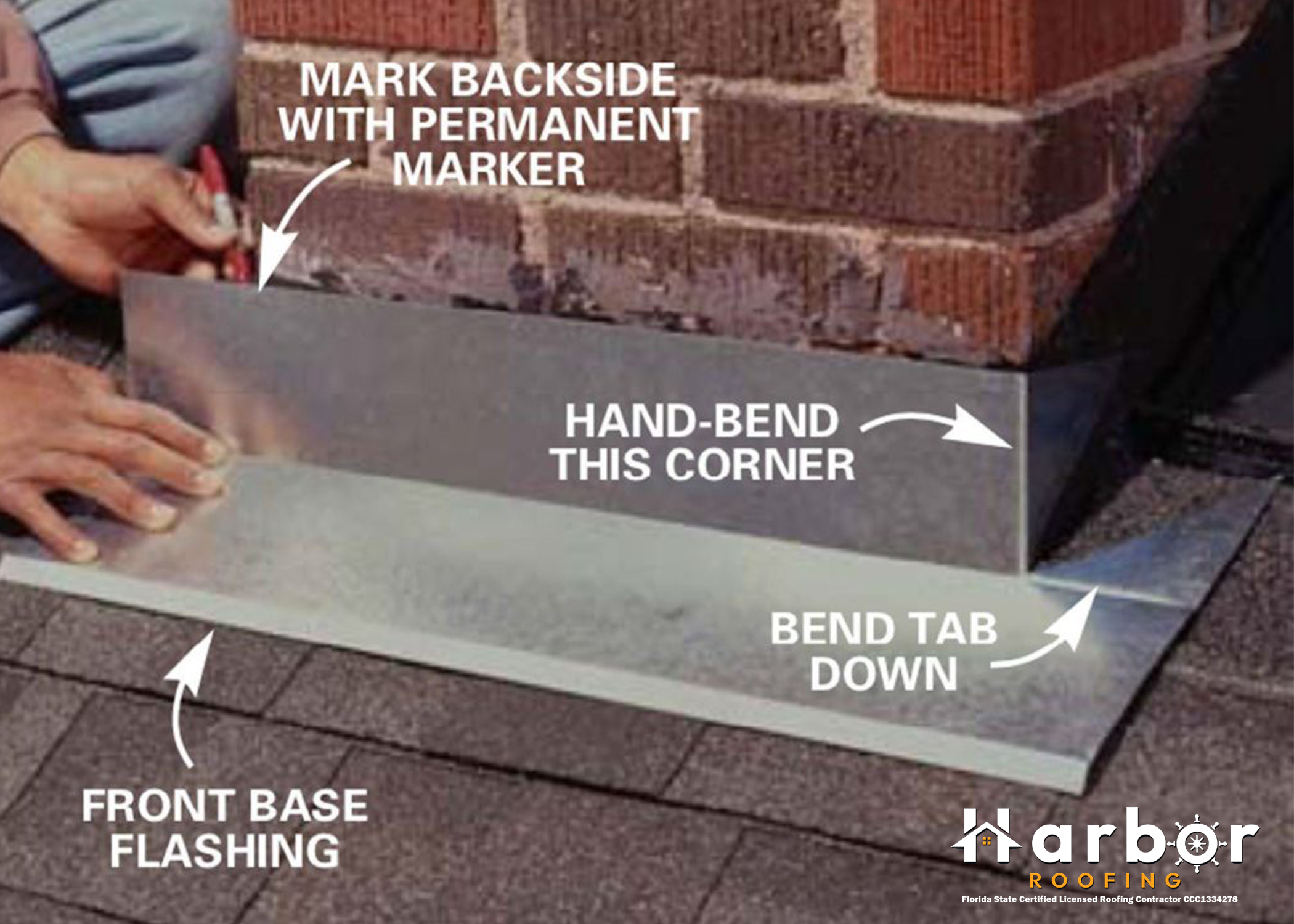When you hear the word “bonnet roof,” the old-fashioned women’s hat comes to mind, right? Well, in architecture, you could think of it as a building’s hat. The bonnet roof design is one of the most unique roof styles, but most people don’t know what it’s called.
It’s a good thing you’re here because you’re about to stop being one of those who can’t identify a bonnet roof when they see one. Keep reading to learn more about this hat of a roof.
What Is a Bonnet Roof?
A bonnet roof is a hip roof with four sides that slope to a hill or peak at the top. Most of the time, the bottom of each side has a slight slant. Even though bonnet tops come in many different styles, they all have an overhang. Like a hat, the sides of a bonnet roof go past the house’s walls to provide shade and protection. A bonnet roof is commonplace in warmer areas, especially over pool houses and gazebos.
Bonnet roof design is rare in modern homes. They were primarily used in the French Vernacular and were found in parts of Mississippi and Louisiana. However, this roof style works anywhere and looks good with all kinds of architectural styles, no matter where you live. They can be made of almost any material, like shingles, metal, or natural stone.
This roof design can be a little confusing because it has multiple names. People also call it the “bell tower” roof. Some refer to it as a modified hip roof or a modified gable roof. It is easy to get lost with so many names out there, but now that you’ve encountered this guide, you’ll not have trouble picking it out of a crowd .
History of Bonnet Roof
The bonnet roof design has been around since the early 1700s. The Germans and Polish built their greenhouses with bonnet-style tops. They did so to protect plants from severe weather and direct the sun’s rays where they needed them. Early greenhouses were so popular and stylish that Eastern Europeans started using them as homes. They were easy to put up and had great aesthetics.
In the 1700s, the bonnet roof was also famous because Creole architecture changed the area around the Mississippi River in the United States of America.
Although other roof designs largely replaced the trend, you can still find homes and public buildings with distinctive bonnet roofs.

Pros and Cons of Bonnet Roof Design
Pros
- Provides shade and protection: A bonnet roof can give you shade and protection from the weather. A big bonnet roof can cover the whole patio, giving much-needed shade from the hot afternoon sun. This makes it easier to decide what activities are safe for the kids around you to do when playing outside, or it can make it nicer to sit outside.
A bonnet roof goes over the window and protects the people in the front seat from the weather. The elevated form helps block the sun, and the steep angle makes it easier for water to run off than if the roof was flat or had a low slope.
- High wind resistance: Bonnet roofs have a rigid metal frame, which makes them more durable and long-lasting. The metal frame also helps keep out rain, snow, and other elements that could damage a simple tent or additional structures. Additionally, the shape of the roof and its large overhang diminish the force of the wind.
- Easy gutter installation and water drainage: The slope of a bonnet roof design lets water run off easily. This reduces the risk of damage and lowers the possibility of water leakage in your home. A drain system can also benefit from this design.
- Extra storage or lighting: The bonnet roof has a higher slope, giving you more space to turn into a small attic. You could also leave the most elevated part of the roof open and put a window or skylight there instead. By letting in more natural light, your living room can become much brighter. Overall, a high roof improves the function and beauty of your space.
Cons
- High cost of material procurement and Installation: To stay in place, a bonnet roof needs extra support, like trusses. This extra need for materials and structure adds to the cost of both work and materials. Even though this isn’t the most expensive roof to build, more popular styles like Gable and Hip will be cheaper.
- High maintenance: Maintenance for a flat roof is more straightforward and takes less time than for a bonnet roof. You can’t just walk on it like you can with a conventional flat roof, when it needs fixing. The shingles are more expensive than most tiles, meaning they will cost more to maintain.
After 20 years of use, most bonnet roofs need replacement. Even though this type of roof costs less to put on than others, it needs more upkeep over its lifetime. So that it doesn’t rot from the inside, you must keep the vinyl flooring free of paint and dirt.
What You Don’t Know About Installing a Bonnet Roof
Homeowners can save a lot of money by getting the necessary tools, rolling up their sleeves, and getting to work. However, there are some things you should never try to do on your own, no matter how many tools you have or how much you like to do things by yourself. One of them is installing a bonnet roof.
The bonnet roof design, which appears simple but isn’t, is simple to fall for. It is, in fact, one of the most challenging styles to pull off. This is because the pitch has to be very exact and everything has to fit just right. To put on a bonnet roof, you don’t just need a skilled roofer; you need one who has worked with bonnet roofs before. Because this is a more complicated design than other choices, you may have to pay a little more to install it.
Although the bonnet roof design has been around for a long time, that doesn’t mean it will be easy to find a roofer who is familiar with it. This style is becoming less popular as more and more new homes are built with different roofs. So you might have to call around to find the right roofer, but it will be worth it when you find an expert who can do this job well and give you a perfect roof.
Depending on how far the lower part of your bonnet roof goes and how you built your house, you may need to add poles or beams to give the design more support. Talk to your builder about this to find out if it’s necessary.
Conclusion
Bonnet roofs are one of the more unique roofing choices. They can add a lot of aesthetic appeal and practicality to your home. It has many perks, including better insulation and protection from high wind and rain. With this guide showing you a few facts you might not have known about bonnet roofs, deciding whether to use the bonnet roof design for your next building project should be a breeze.
Frequently Asked Questions
How much does a bonnet roof design cost?
The materials used to build it, the amount of work needed, and the size of the roof determine the price of a bonnet roof. For instance, putting on a metal bonnet roof can cost over $5,000.
The question of how to price a Bonnet Roof building is very open-ended. The cost of the labor and materials used to make it, as well as the cost of shipping and installation, all impact the price.
There really is no easy way to figure out how much a bonnet roof will cost because there are so many factors, like the shape and size of the building, the location, and the amount of specific work to consider. A skilled carpenter can give you an exact quote by measuring the space and taking measurements on-site.
Is a bonnet roof the same as a mansard roof?
Although the bonnet and mansard roofs look alike, they have different slopes. Every side of a mansard roof has two slopes. The pitch at the top isn’t very steep, but the slope at the bottom is. A bonnet roof has two slopes on each side, too, but they are the opposite of those on a mansard roof: the bottom slope is shallow and the top one is steep.
What is the lifespan of a bonnet roof?
Depending on how much you use it and how much UV light it gets, the expected lifespan is between 24 and 28 months. Even though no part is guaranteed to last precisely as long as the others, most roof parts should last long under normal conditions.
The duration of a bonnet roof design depends on things like its quality, how it’s installed, and how well it’s taken care of afterward. Keep in mind that minor fixes can make a product last longer. The material used for a bonnet roof is very sturdy and can last even longer than other types of roofs. Depending on the pitch and where it is put, this roof can last 10 to 20 years.
